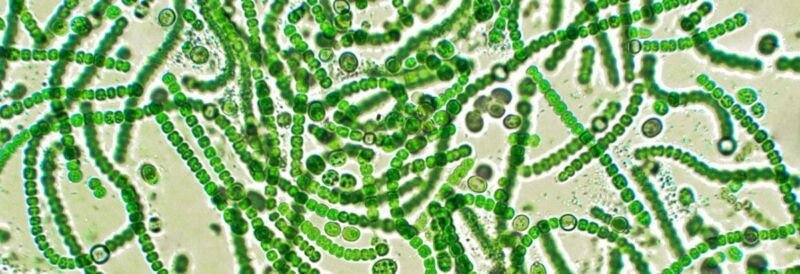Researchers engineer photosynthetic bacteria to produce hydrogen

Enlarge (credit: State of Oklahoma)
The price of photovoltaic power has plunged, making it competitive with fossil fuel-powered electrical generation. But there is still a range of applications, like ships and aircraft, where electrical power doesn't help much. And storing the electricity produced by solar power so that it can be used at night remains an unsolved problem. For those reasons, there has been continued interest in converting solar power to a fuel that can be stored, either through the use of electricity generated by photovoltaics or by using light to directly power fuel generation.
There's obviously a means of generating fuel through light that has been in use for roughly 3 billion years: photosynthesis. But photosynthesis requires a large and complex suite of proteins that's hard to maintain outside of cells. And inside of cells, the products of photosynthesis are quickly put to use to help the cells grow. So, engineering a version of photosynthesis that might be useful for fuel production has been challenging.
Earlier this week, however, researchers from the University of Kiel described how they've rearranged some photosynthetic proteins to make bacteria that emit hydrogen when exposed to light.
Read 11 remaining paragraphs | Comments